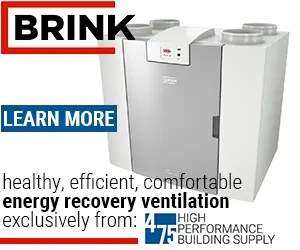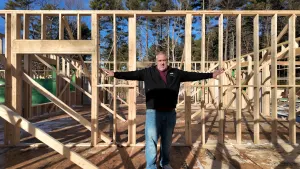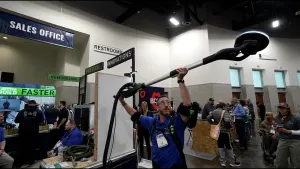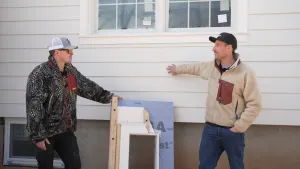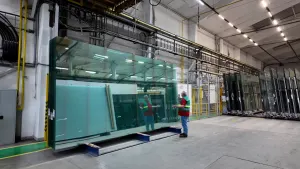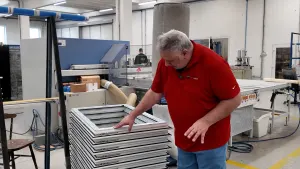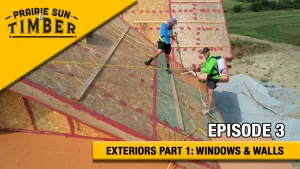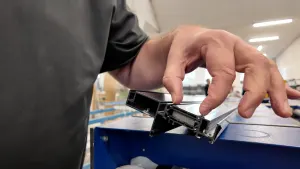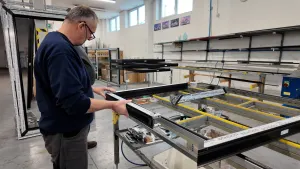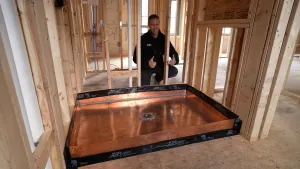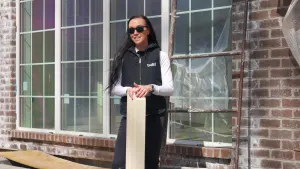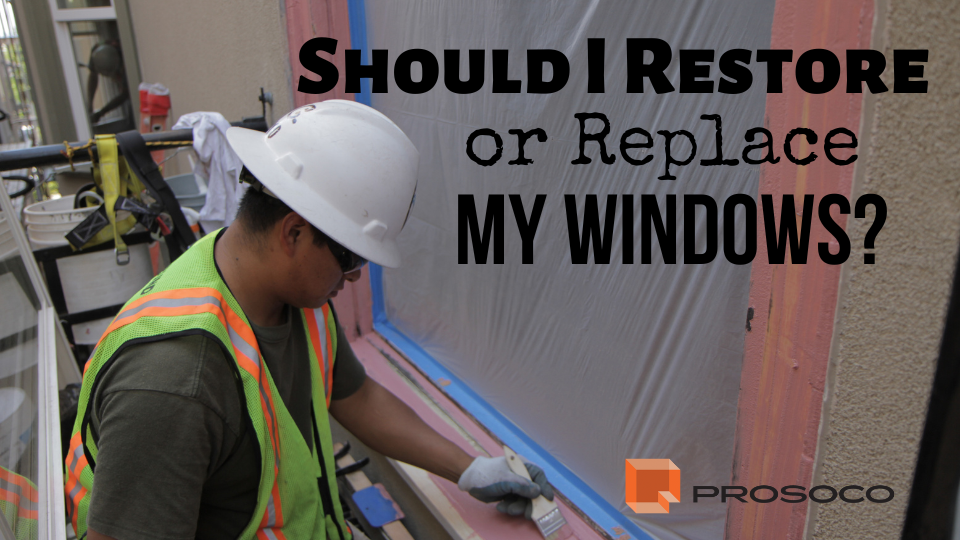
Choosing to repair or replace windows is a hot topic for homeowners, partly because there is so much misinformation. Ads for window replacement companies tend to use highly overrated numbers, for example, as to what you might save on energy by replacing windows. Some claim as high as 30% to 50% savings on energy bills—and my experience is that those numbers are inaccurate. The numbers are much lower, closer to between 5% and 15% savings. It's also essential that the decision not rest entirely on energy saving—the comfort you experience living in your home should ultimately be the goal.
Let's look at both restoration and replacement and why you would select one versus the other.
Window Restoration
Often, homeowners and builders look to window replacement as the first option to improve energy efficiency, and it might not actually be the best first option.
Of course, your windows could be leaking air. Even if you have a 75-year-old double-pane window, you may be surprised that you can do a pretty good job of tightening it. It’s possible to put new brass weatherstripping throughout the window and sometimes even new hardware that dramatically reduces leakage.
Through the years, I've made several videos on this particular topic. One option is to pull the old window, repair it, and use PROSOCO’s R-Guard fluid-applied products, including FastFlash, which sticks to just about every building material on site including wood frame, plywood, shiplap, metal flashing and even tar paper and other varieties of old-school flashings.

PROSOCO’s AirDam is used for a four-sided air and water seal between the four sides of the window frame. In this case, use a backer rod and either spray foam or some insulation to get your best insulation value. The backer rods are essential when filling that gap to ensure that AirDam is only sticking to the window itself into the jamb. AirDam is highly flexible, but you just want it to adhere on the right- and left-hand sides, where the window jamb meets the rough opening.
AirDam also has excellent adhesion to modern house wraps and is a good solution for adhering the house wrap to FastFlash when a failsafe transition is required to provide continuity of the air barrier.
Another tool in the PROSOCO toolbox is its Joint & Seam Filler to fill cracks, pinholes, and gaps and provide continuous support of fluid-applied flashing membranes, waterproofing, or air barrier components.
A reasonable approach is to consider restoration before replacement—considering everything before choosing.
Replacement
Choosing a replacement should depend solely on where the problem is and its severity. For example, if the window glass, sashes, or frames are damaged, worn, or ineffectual, that could signify that you need new windows.
Quality windows today are expected to last between 15 and 30 years. Vinyl windows typically provide a 20-25-year warranty, which is, for all purposes, their natural lifetime. Windows are a functional update that can be an important factor when selling a home. Spending $10,000 on new windows can raise the asking price on a house by approximately $8,500, according to ISoldMyHouse, netting an 85% ROI.
So, How Do I Choose?
The choice can be out of your hands in certain circumstances. Repair isn't always possible, for example, with most modern windows. Double- and triple-pane sealed windows are complex and, in some cases, impossible to repair.
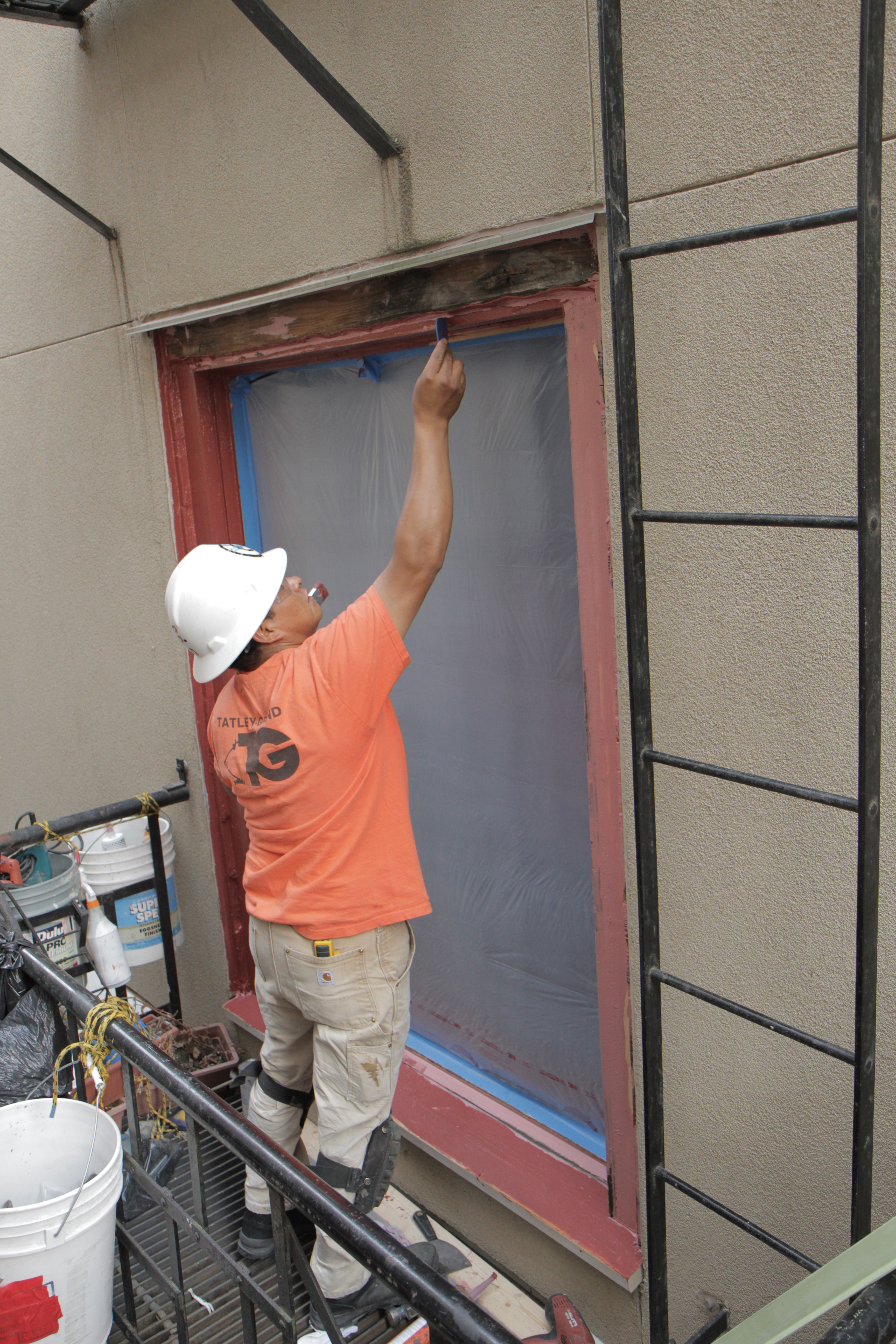
Repairable items would be cracked or broken glass (replace sash), broken muntins/mullions for single-pane windows, tuck window sashes, exterior drip cap, exterior window casing, and minor water leaks. Typically replacement is used for foggy windows caused by water condensing inside the window's double-paned or triple-paned insulated glass unit (IGU), structural problems, and significant water leaks.
The Window May Not be that Culprit
It may not be the window that's at fault. Many structures leak air, water, and energy through the building envelope. Given that leaks are often discovered around windows—they are seen as the culprit, and homeowners automatically go to replacement for the fix. However, performance testing and investigation can indicate minimally invasive repairs that dramatically improve the performance of existing windows. It's a tough choice. Since cost is generally the basis for the choice, buying new windows for an entire house can end up costing several thousand dollars. It's an excellent decision to dig further – what is the real problem, and what would be the best outcome?

 Share on facebook
Share on facebook Tweet
Tweet Email
Email Share on Linkedin
Share on Linkedin

